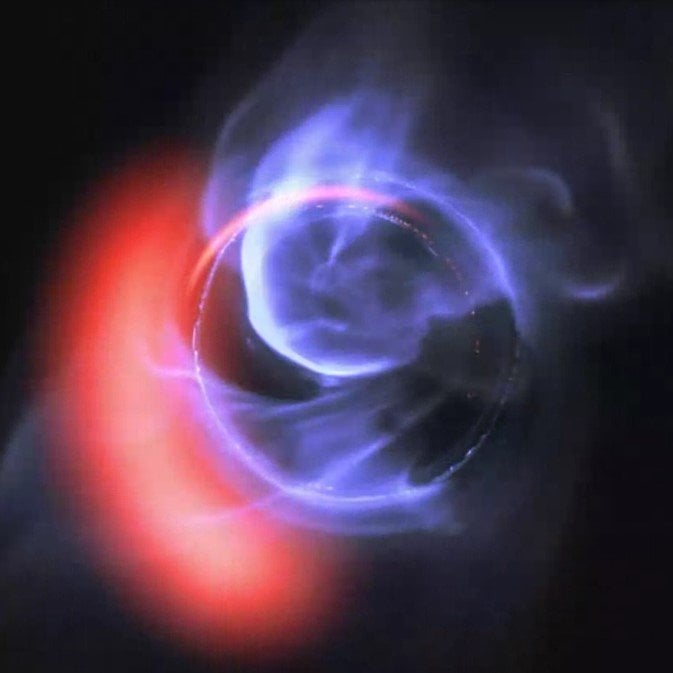Black hole collisions have become vastly important in astronomy and astrophysics because they help researchers detect and observe gravitational waves predicted by Einstein’s theory of general relativity. The most recent research comes from physicists who detected four new black hole collisions, including what they believe to be the most powerful black hole collision recorded to date.
Since the first detection of gravitational waves, physicists have invested a great deal of time in using them to their advantage in understanding how the universe works. Black hole collisions are the most common form of gravitational wave emissions, which is why they have dedicated many studies to them.
Scientists observed the new wave events using the Laser Interferometer Gravitational-Wave Observatory (LIGO) and Virgo collaborations, which enabled them to learn about the frequency of these events and the real reason for them.
According to the theory of general relativity, when major events such as black hole collisions occur, the mass turns into energy and results in the emission of gravitational waves, or ripples of spacetime traveling at the speed of light. To detect the most powerful black hole collision ever recorded, the scientists used two of LIGO’s mile-plus-long detectors — one in Washington State and another in Louisiana — and the Virgo detector in Italy.
After analyzing the data, they found four new events which occurred during the summer of 2017. They discovered that the collisions resulted in black holes weighing from 17.8 times to 80.3 times the mass of our sun. The collisions occurred 1.044 billion to 8.97 billion light-years away from us. The four events they discovered brought the number of known measurements of colliding black holes up to 10, while the number of neutron star collision measurements stays at one. The results of two separate studies were published over the weekend.
Although only four collisions were confirmed, according to the press release, three separate analyses suggested there were 14 other potential collisions, although they appeared only in two of the three analyses. One particular case caught researchers’ attention. The collision resulted in a black hole which was 80.3 times heavier than our sun. According to University of Florida assistant professor Imre Bartos, as reported by Gizmodo, it’s unlikely for collapsing stars to result in black holes heavier than 45 times the mass of our sun. He believes the large mass resulted from a merger of two black holes, which then merged with a third one in an area rich with black holes. Physicists say black hole-rich environments are common near around the center of our own galaxy.
Scientists must observe more events which cause gravitational waves to understand the environments in which black hole collisions collide, including the most powerful black hole collision recorded to date.
Nevertheless, black hole collisions aren’t the only collisions which result in the emission of gravitational waves. For example, merging neutron stars result in them too. If scientists gather a larger collection of neutron star collisions, they may be able to find new ways to estimate the pace at which the universe is expanding and learn more about its boundaries.





